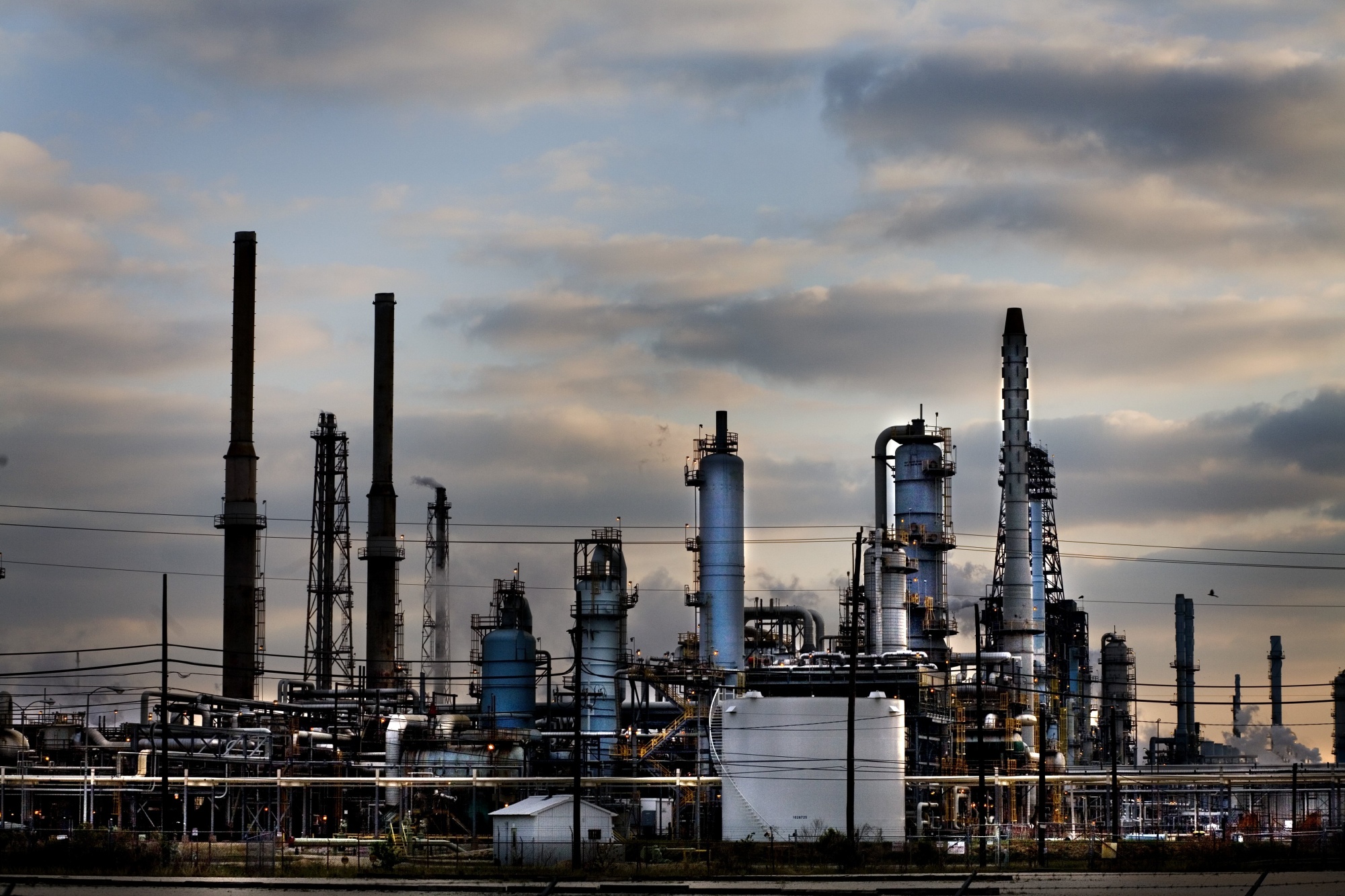Exxon Could Slow Hydrogen, Low Carbon Projects After US Tax Bill
(Bloomberg) -- Exxon Mobil Corp. warned its project to build the world’s biggest low-carbon hydrogen plant in Texas could face delays after Congress curtailed incentives as part of President Donald Trump’s tax and spending package.
“If we can’t see an eventual path to a market-driven business, we won’t move forward with the project,” Chief Executive Officer Darren Woods said in a call with analysts Friday. He also warned of possible delays in low-carbon gas for AI data centers and lithium.
Exxon announced plans for a multitude of low-carbon projects over the last few years as the company sought to be an early-mover in mitigating industrial emissions and counter criticism over climate change. But the Trump administration’s withdrawal of Biden-era subsidies threatens to reduce the profitability of such projects and halt progress.

The hydrogen project in Baytown, Texas, would produce 1 billion cubic feet of hydrogen per day and 1 million tons of ammonia a year from natural gas. Some 98% of the associated carbon dioxide would be captured and buried underground. Abu Dhabi National Oil Co. agreed to take a 35% stake in the project while JERA Co., Japan’s biggest power provider, signed a non-binding agreement to buy half of the ammonia. Air Liquide SA said the project could use its pipelines.
But Trump’s tax bill narrowed the window within which companies could claim the 45V tax incentive from 2033 to 2028. Woods has always maintained that Exxon’s participation in low-carbon will only come if the company sees a pathway to investor returns.
“While our project can meet this timeline, we’re concerned about the development of a broader market, which is critical to transition from government incentives,” he said.

Further, the cost of hydrogen appears to be putting off potential customers, a major hurdle to Exxon making a final investment decision that would commit billions of dollars of funding.
“The price of the product is a big variable with respect to buyers,” Woods said. “We haven’t FID’d it and we’re not going to until we’ve got secured offtakers so that we have a lot of confidence in the returns that we’re going to generate.”
Exxon also sees potential delays in supplying low-emission natural gas to power data centers. Big Tech initially had a preference for low-carbon electricity sources for AI, but companies now appear to be focusing on securing large power sources irrespective of their CO2 content. Exxon’s plans in this area “may end up slipping as well,” Woods said.
Likewise, lithium is proving a challenge. Exxon had planned to produce the battery-material by 2027 but is still working on bringing down costs, which has become more important as prices collapsed by nearly 90% since 2022.
“That may take longer than we had anticipated just to get our cost down,” Woods said.
Exxon still plans to spend $30 billion in low-emissions investments from 2025 to 2030, in part to be well-positioned if the world moves away from oil and gas. Woods sees “good value propositions” in low-carbon but cautioned: “These things don’t all move in a straight line.”
©2025 Bloomberg L.P.





